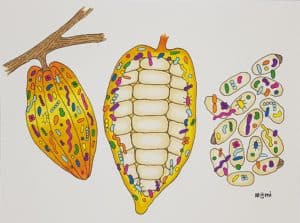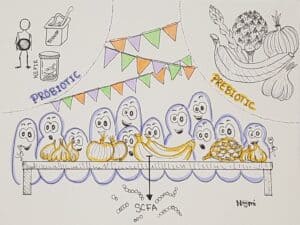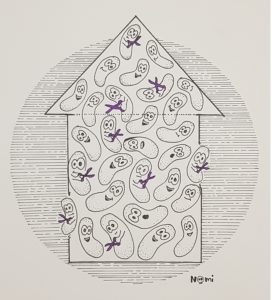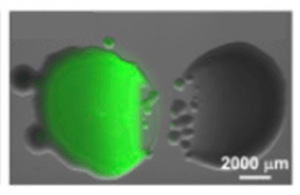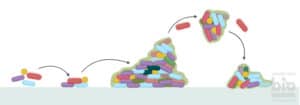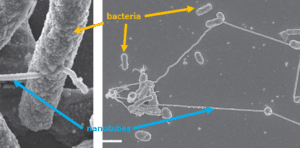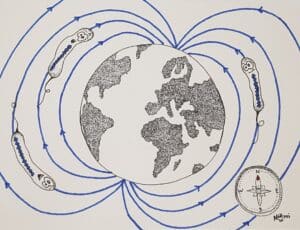
How bacteria read and follow the Earth’s magnetic field
Magnetotactic bacteria have magnetosomes with which they can sense magnetic field lines. This allows magnetotactic bacteria to swim towards North or South to find the perfect location in the deep and dark water.


